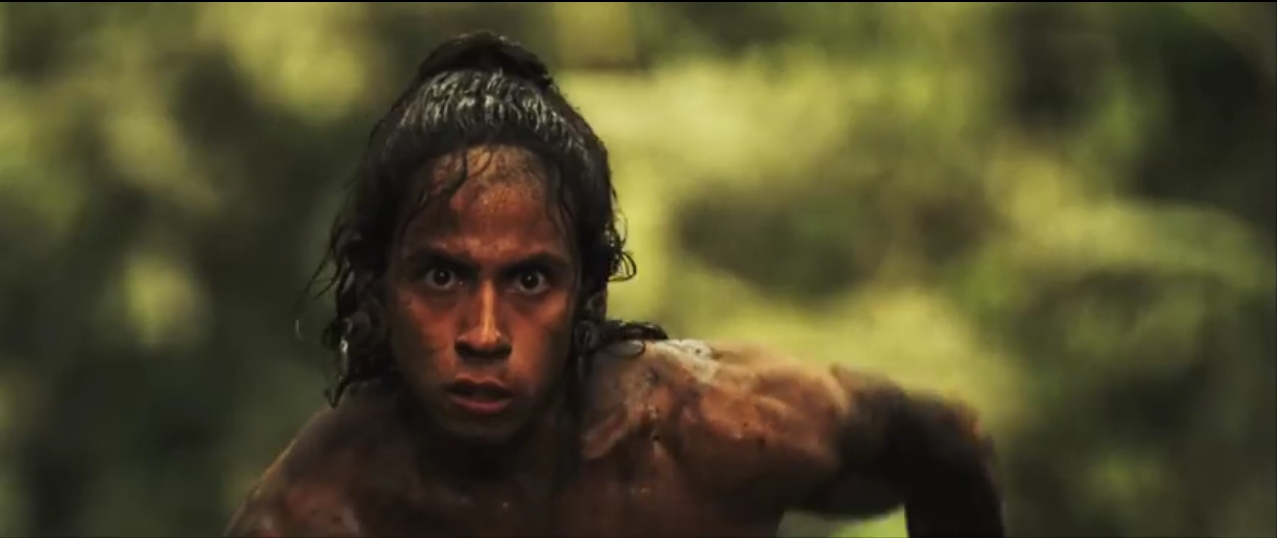Case Study: Why I Love Digital
Name: Dean Semler, Academy Award–winning cinematographer for Dances with Wolves (1990), 2012 (2009), Secretariat (2010), and over 70 other films
Film: On distant location with Apocalypto (2006)
Situation: The director wanted to keep shooting even though the sun was going down. How could the cinematographer make sure the images looked as though they had been shot with consistent lighting?

We were shooting in the jungles of Veracruz, Mexico, on 50 acres of privately owned rain forest. The trees were 130 feet tall, and their leaves formed a canopy over the jungle floor. This meant our light varied considerably—sometimes there were spears of sunlight shooting through the canopy; at other times, when it was overcast, it was very dark. I faced the problem of keeping the continuity of the light.
The scene involved a member of the tribe, who’s been tricked into rubbing hot pepper on his genitals. He rushes out of his tent and sits in a log that’s been hollowed out and filled with water while the other tribespeople laugh. It’s a cause for great enjoyment!
We started out with a sunny day, and my grips flew eight 20’ × 20’ silks in the trees to create an overcast look. Then we set up three Genesis digital video cameras: one to capture a wide shot of the scene, another to get a close-up of the man who’s been pranked, and the third to rove the scene and pick out crowd reactions. After shooting the scene facing north, we had to turn around—meaning we had to move all of our equipment along with the video tents, so they wouldn’t be in the shot when our cameras were facing south.
By now it was late afternoon, and it was starting to get dark. I was in a 5’ × 5’ black tent with a 23” video monitor, which was showing me feeds from all of the cameras. The camera feeds ran through a unit that made the images on the monitor look exactly as they would look on a theater screen. Mel Gibson, our director, poked his head in. “I need more time. How long before we lose the light?”
If we had been shooting on film, we would have lost the light already. But I had a few tricks up my sleeve. I changed the zoom lenses on the cameras to prime lenses, which let in more light. I removed the color-correcting filters from the lenses, because they also diminish the light. As Mel directed the scene, we kept the cameras rolling continuously to catch any random great moment with the actors. I stayed in the black video tent, using the remote control to open the cameras’ irises all the way, the shutters to full, and boosting the gain. By using these techniques, I got almost four more stops out of the cameras.
I was able to give Mel an extra 40 minutes of shooting time—enough to complete the scene. When I stepped out of the video tent, I couldn’t believe my eyes: it was nighttime, but the images we shot as I remotely manipulated the digital camera settings matched the rest of the scene shot in daylight!
Takeaway: Digital offers great visual flexibility, and since you don’t have to stop and reload, there is a lot of creative freedom and opportunity for catching happy accidents.